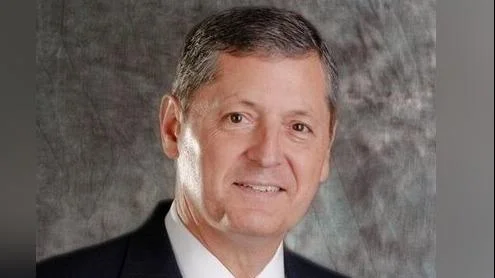David Harris Director the Illinois Department of Revenue | Official Website
David Harris Director the Illinois Department of Revenue | Official Website
McDonough County has received a tentative property assessment equalization factor of 1.0199 for 2025, according to David Harris, director of the Illinois Department of Revenue (IDOR). The property assessment equalization factor, also called the "multiplier," is used to ensure that property assessments are uniform among counties in Illinois. This process is required by law and is especially important because some of the state's more than 6,600 local taxing districts, such as school and fire protection districts, extend across county lines.
State law mandates that property in Illinois be assessed at one-third of its market value. Farm properties are assessed differently; while homesites and dwellings follow standard procedures, farmland and farm buildings are evaluated based on productivity standards.
The equalization factor for each county is determined every year by comparing sales prices from the past three years to the assessed values set by local assessors. When the three-year average level of assessment equals one-third of market value, the multiplier is set at 1.0000. If assessments exceed or fall below this standard, the multiplier adjusts accordingly.
In McDonough County, assessments currently average 32.68% of market value based on property sales data from 2022 through 2024. The new tentative multiplier applies to taxes levied in 2025 and payable in 2026. Last year’s equalization factor was 1.0000.
The announced multiplier remains tentative and could change if the County Board of Review takes significant action on assessments or if new data is provided to IDOR indicating adjustments should be made. A public hearing will be held between 20 and 30 days after publication of the tentative multiplier in a widely circulated county newspaper.
A change in the equalization factor does not automatically mean an increase or decrease in total property tax bills. Tax bills depend on how much money local taxing bodies request each year for services. If their requests do not exceed what was received previously, overall property taxes will not rise even if individual assessments increase.
According to David Harris: "The property assessment equalization factor, often called the 'multiplier,' is the method used to achieve uniform property assessments among counties, as required by law."
He also stated: "If there was no equalization among counties, substantial inequities among taxpayers with comparable properties would result."
"The assessed value of an individual property determines what portion of the tax burden a specific taxpayer will assume," Harris said. "That individual's portion of tax responsibility is not changed by the multiplier."





 Alerts Sign-up
Alerts Sign-up